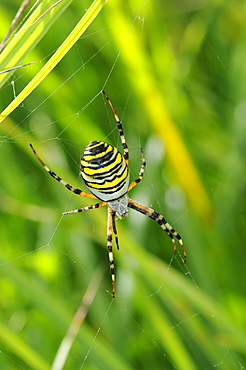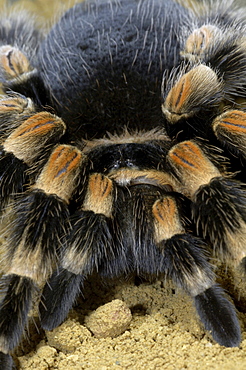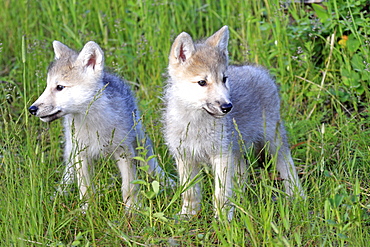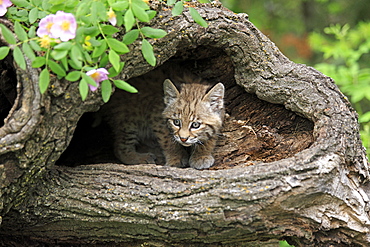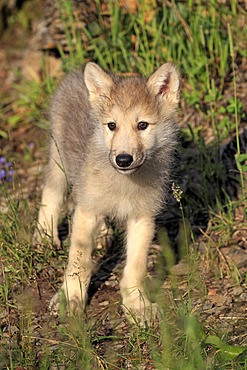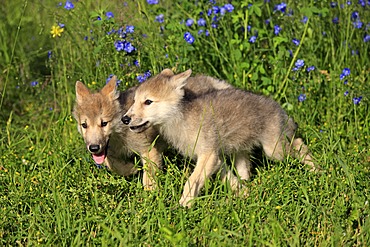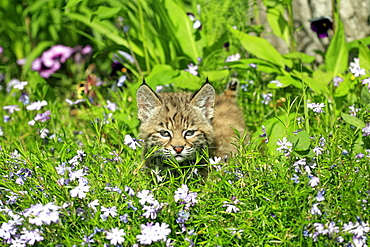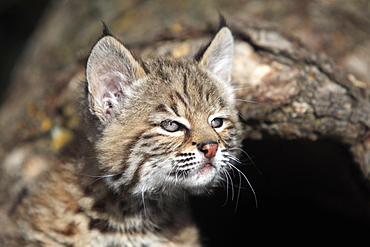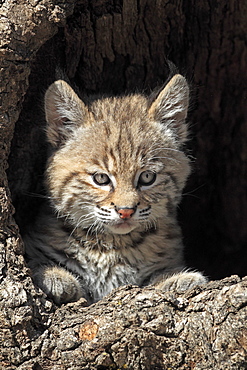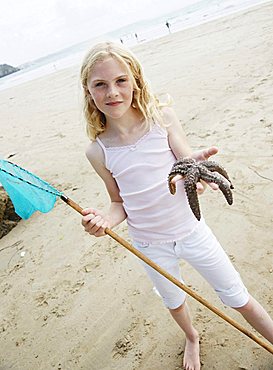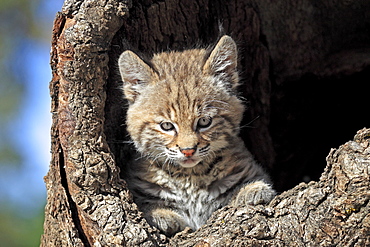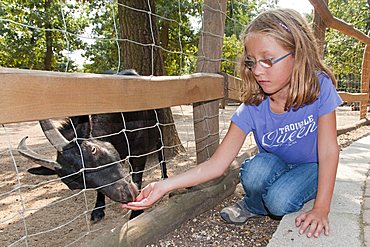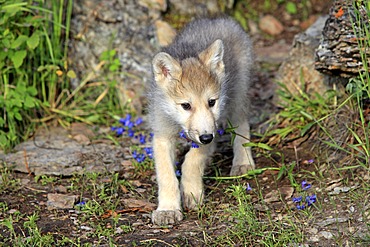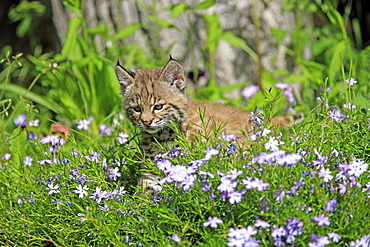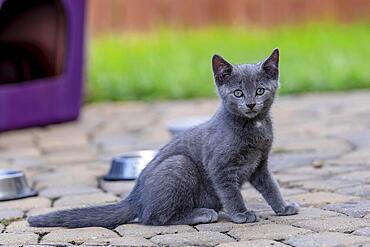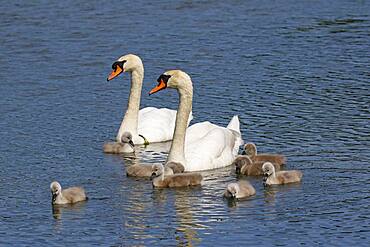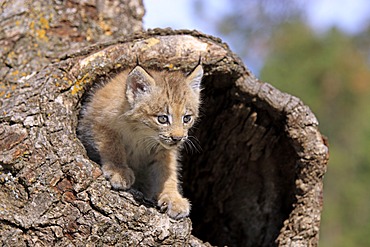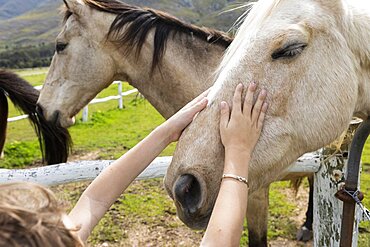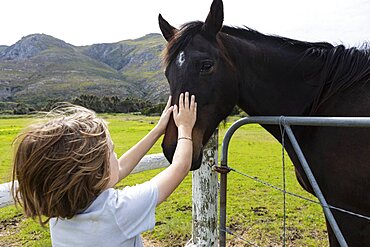Results
6 results found
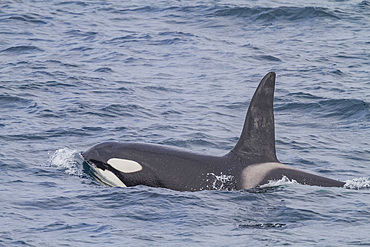
Group of at least eight killer whales (Orcinus orca) surfacing off the coast of the island of Surtsey, southern Iceland
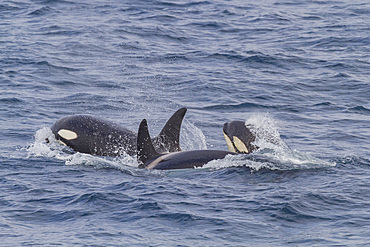
Group of at least eight killer whales (Orcinus orca) surfacing off the coast of the island of Surtsey, southern Iceland
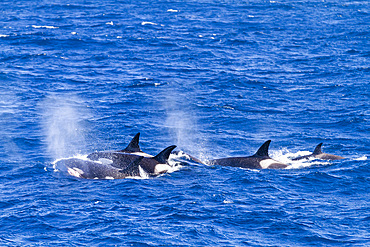
Small pod of eight to ten 'Type A' Oceanic killer whales (Orcinus orca), hunting near Stanley, Falkland Islands, South America
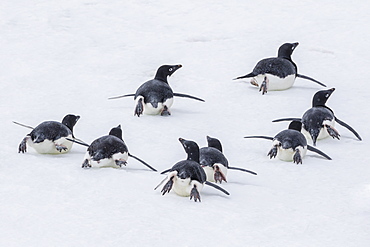
Adelie penguins (Pygoscelis adeliae) tobogganing to the sea at Brown Bluff, Antarctica, Southern Ocean, Polar Regions

Cheetah cubs (Acinonyx jubatus) eight months old, playing in tree, Masai Mara National Reserve, Kenya, East Africa, AFrica

Garden orb spider (araneus diadematus) in its web, with captured fly, wrapping it up in silk from its spinnerettes, oxfordshire, uk
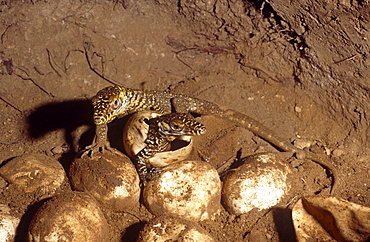
Young hatchling Komodo dragon (Varanus komodoensis). one of thirty three eggs only twenty eight hatched.
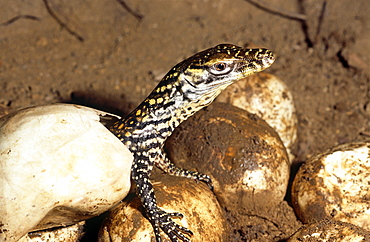
Young hatchling Komodo dragon (Varanus komodoensis). one of thirty three eggs only twenty eight hatched.
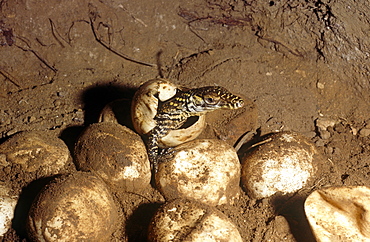
Young hatchling Komodo dragon (Varanus komodoensis). one of thirty three eggs only twenty eight hatched.
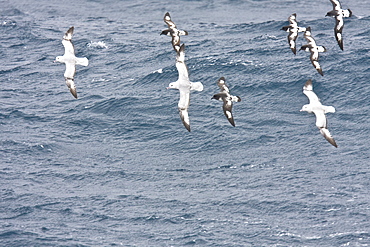
Three adult southern fulmar (Fulmarus glacialoides) on the wing among five cape petrels (Daption capense) in the Drake passage between the tip of South America and Antarctica. Southern Ocean.
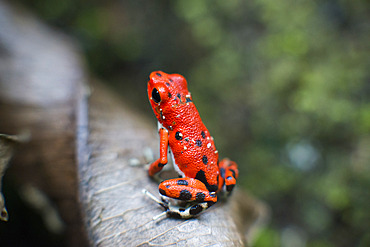
Strawberry Poison Frog (Dendrobates pumilio), adult, Bastimentos National Park, Bocas del Toro, Panama. The strawberry poison frog or strawberry poison-dart frog (Oophaga pumilio or Dendrobates pumilio) is a species of small amphibian poison dart frog found in Central America. It is common throughout its range, which extends from eastern central Nicaragua through Costa Rica and northwestern Panama. The species is often found in humid lowlands and premontane forest, but large populations are also found in disturbed areas such as plantations. The strawberry poison frog is perhaps most famous for its widespread variation in coloration, comprising approximately 15���30 color morphs, most of which are presumed to be true-breeding. O. pumilio, while not the most poisonous of the dendrobatids, is the most toxic member of its genus. The species is most diverse in Panama with varieties in vivid shades of all red, orange, blue, yellow or green, green and yellow, white with red, orange or black and spotted varieties. The most colorful mix is found in Isla Bastimentos Marine National Park though not all in one place. Colors vary by location. A beach on the north side of the island is named after the species. Two of Southern Explorations' Panama tours visit red frog habitat. Both the eight-day Panama Adventure trip and eleven-day Panama Highlights trip spend time in Isla Bastimentos Marine National Park and the former also goes to Red Frog Beach.
The red frog is not as poisonous as some of its cousins and is not a threat to humans. It subsists on a diet of ants that dine on poisonous plants, providing the red frog its protective skin toxin. Males attract females with a loud quick chirp. To hear the distinctive sound before you depart on your Panama tours, go to the University of Michigan Museum's biodiversity website (www.animaldiversity.ummz.umich.edu.) After birth, the tadpoles climb aboard the mother who deposits them in different protected areas where she retu
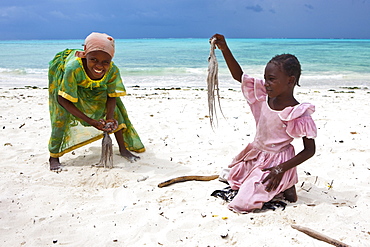
Children beating an octopus with sticks in order to make it edible, Jambiani, Zanzibar, Tanzania, Africa

Eight year old boy, chin on hands, watching a laptop screen, a curious dog nuzzling the keyboard, Stanford, South Africa
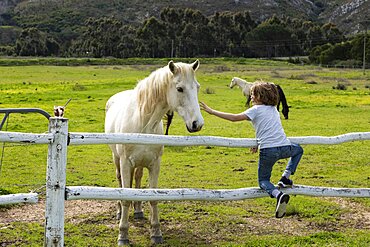
Eight year old boy reaching over a fence to pat a grey horse in a field, Stanford, Western Cape, South Africa
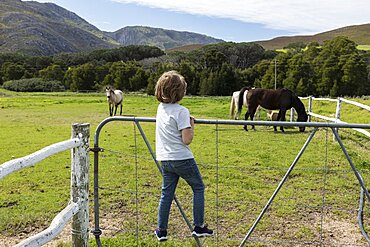
Eight year old boy leaning on a fence, watching horses in a field, Stanford, Western Cape, South Africa

